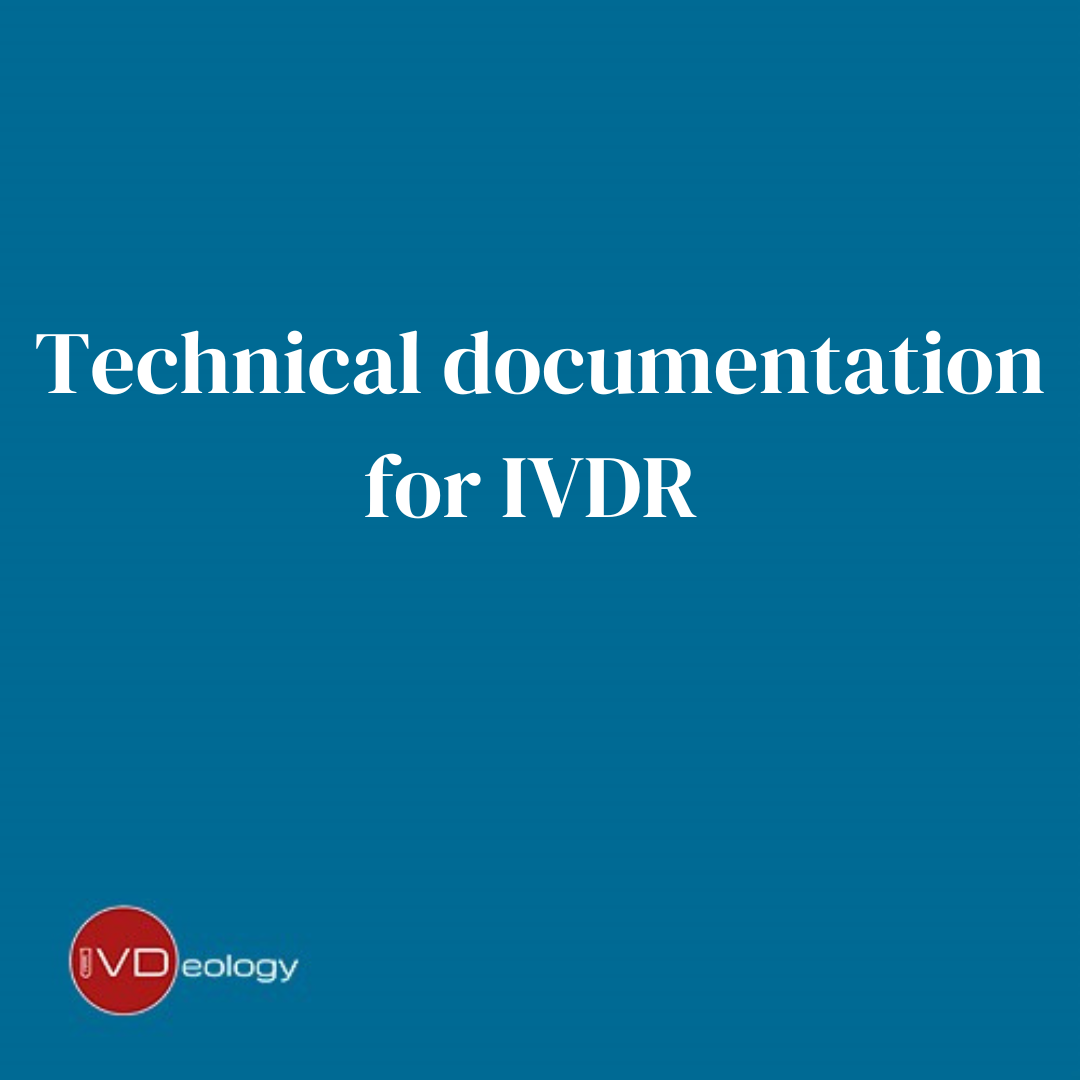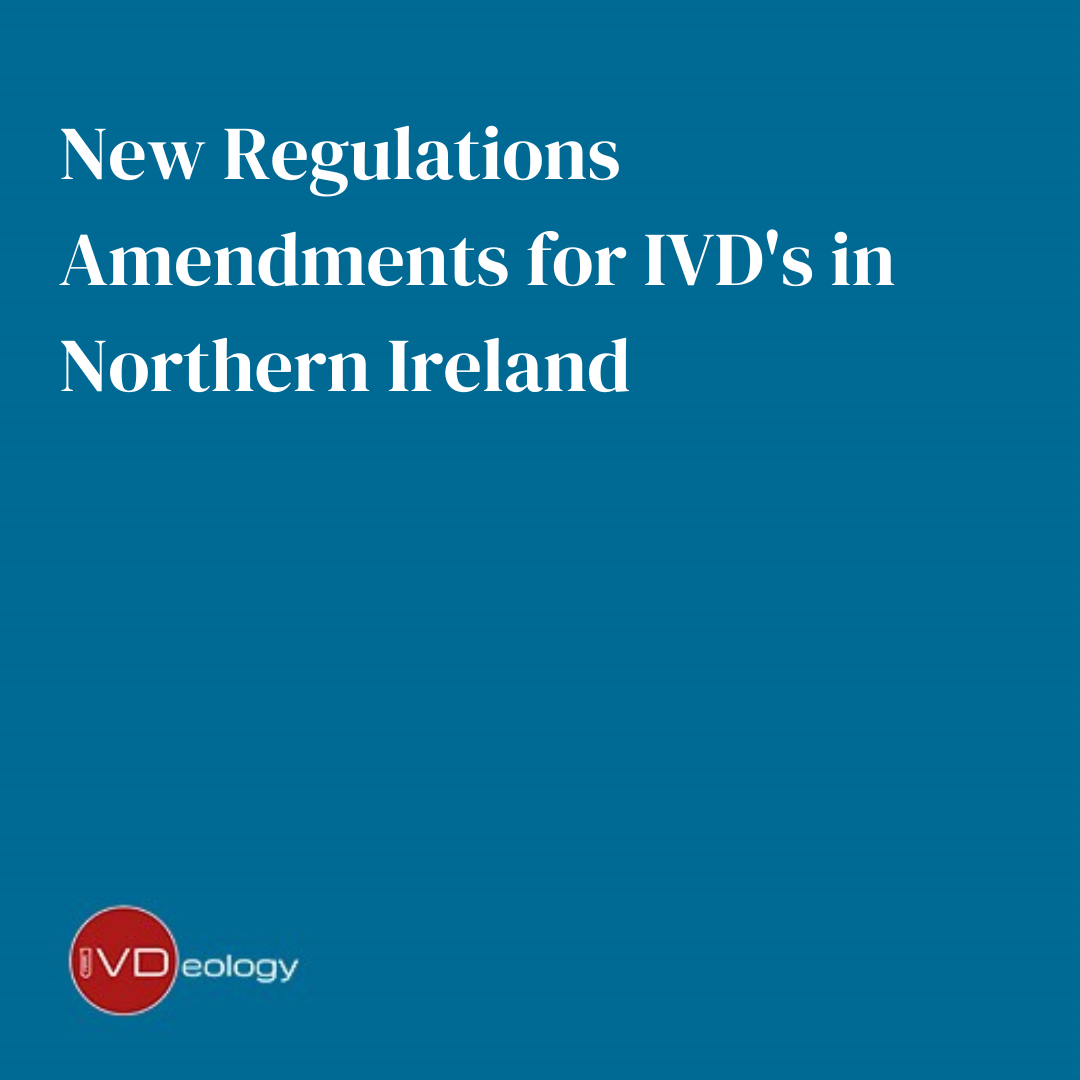
Key considerations for lateral flow providers; is it time to outsource your legal manufacturer requirements?
In this regulatory blog Abingdon’s Head of Quality Assurance & Regulatory Affairs Candice Vendetuolli outlines the transition from IVDD to IVDR for lateral flow tests and its implications for manufacturers. One key consideration is whether to use a manufacturing company such as Abingdon Health with an established quality management system operating under IVDR.
Abingdon Health’s team has over 20 years experience in the lateral flow market and is a knowledge leader in the scale-up, transfer, manufacturing and regulatory approval of lateral flow products across a range of sectors including clinical (self-test, point of care), animal health, plant pathogen and environmental testing.
Introduction:
The In Vitro Diagnostic Device Regulation (IVDR) has ushered in a new era for the regulation of diagnostic products, impacting lateral flow tests significantly. As the industry adapts to these changes, outsourcing legal manufacturing to contract service providers with a compliant Quality Management System (QMS) under IVDR is becoming a strategic move for many companies and can remove a major headache.
Transition from IVDD to IVDR
The shift from the In Vitro Diagnostic Directive (IVDD) to the In Vitro Diagnostic Regulation (IVDR) marks a paradigm change in the regulatory landscape. IVDR, implemented in 2017, aims to enhance the safety and performance of in vitro diagnostic devices, including lateral flow tests. Manufacturers must adhere to more stringent requirements, covering clinical evidence, performance evaluation, and post-market surveillance.
The transition to the IVDR has caused significant challenges with infrastructure, Notified Body availability and manufacturing readiness resulting in the European Parliament voting to approve a further extension to the transition period. We took a deep dive in the impact of the extension in our blog last month on IVDR Transition Update which you can take a look at here.
Whilst the extension will be a relief for many, the requirements for manufacturers to prepare are extensive, and this should not be viewed as an opportunity to pause.
Impact on Lateral Flow Tests
Lateral flow tests, widely used for quick and simple diagnostics, face notable changes with the IVDR transition. The regulation demands comprehensive documentation, increased clinical evidence, and heightened scrutiny on post-market surveillance. Manufacturers need to invest in updated technologies and processes to comply with these stringent requirements.
Outsourcing Legal Manufacturing to Contract Service Providers
Amidst these changes, outsourcing legal manufacturing to contract service providers with established and compliant Quality Management Systems operating under IVDR has emerged as a strategic solution.
Providers such as Abingdon Health offer specialized expertise, infrastructure, and a streamlined process to navigate the complexities of the new regulatory framework. Abingdon Health’s Quality Management System operates under IVDR and therefore the addition of new products is a relatively straightforward process and can provide a more rapid and cost-effective transition to IVDR for lateral flow products.
Instead of having to replace your current IVDD compliant QMS with one that meets IVDR; or having to create a QMS of IVDR from scratch; you can tap into Abingdon’s existing QMS. Furthermore, given the requirements under IVDR are more onerous (e.g. post market-surveillance); outsourcing these activities to an experienced provider may make more sense; and be more cost-effective. Finally, if you are a company with one or a small number of products, it is very inefficient to run a QMS purely for this; with the fixed costs of running a QMS being significant.
Why Outsource Manufacturing under IVDR
- Expertise and Experience:
Contract service providers bring a wealth of experience and expertise in navigating the intricacies of IVDR. Their teams are well-versed in the regulatory landscape, ensuring compliance and reducing the risk of errors. Abingdon’s team has experience of working with notified bodies and managing the regulatory process on your behalf.
- Efficiency and Speed:
Outsourcing manufacturing to a specialized provider accelerates the production process. These providers are equipped with advanced technologies and efficient workflows, enabling quicker turnaround times for lateral flow tests. Abingdon’s Quality Management System is already established under IVDR; and therefore, it’s much quicker to use Abingdon rather than establish a brand-new quality management system for one product for example.
- Cost-Effectiveness:
Leveraging a contract service provider can be cost-effective compared to establishing in-house capabilities compliant with IVDR. Companies can allocate resources more efficiently, focusing on core competencies while relying on the expertise of external partners such as Abingdon.
- Risk Mitigation:
With IVDR introducing stricter regulatory requirements, outsourcing to a reputable service provider mitigates risks associated with compliance. These providers invest in continuous training and updates to ensure adherence to the latest regulations. For example, the post-market surveillance obligations under IVDR are significant and Abingdon Health has these processes established. This gives Abingdon’s customer peace of mind that these ongoing obligations are being dealt with.
- Flexibility and Scalability:
Contract manufacturing offers flexibility and scalability, crucial in the dynamic landscape of diagnostic devices. Companies can adjust production volumes based on market demands without the constraints of maintaining fixed in-house capacities.
- Access to Advanced Technologies:
Contract service providers often invest in cutting-edge technologies and state-of-the-art facilities. Outsourcing allows companies to benefit from these advancements without the upfront costs associated with acquiring and maintaining such resources.
- Regulatory Intelligence
The Abingdon Health group are ideally placed within the IVD industry to scan the horizon to monitor and adapt to updates ad changes to the European regulatory landscape, to ensure that our regulatory and quality system are state of the art and compliant to international standards.
Examples of IVDR transition and why outsourcing makes sense.
One example of why IVDR transition makes sense is for growth companies developing a new lateral flow test. Tapping into Abingdon Health’s established Quality Management System will save significant time and money and speed up the time to market and revenues.
A second example is an established diagnostics company selling a range of products that are CE-marked under IVDD. The Quality Management System is set up to manage all products and therefore if certain products are being prioritised for transition under IVDR, for example if they are Class D (high risk) tests then it may make sense to outsource the transition of these products to a contract service provider such as Abingdon Health. This keeps the process separate and “clean” and also means that you can leverage off Abingdon’s established Quality Management System.
Post Market-Surveillance
Post-Market Surveillance (PMS) is worth setting out in more detail. It is a critical change to the approach under IVDR and requires a lot more consideration, and resource. Abingdon Health has established processes to manage this process effectively on behalf of its customers.
The key requirements of post-market surveillance for Class A and B products are to summarise the results and conclusions of the analyses of the post market surveillance gathered, together with a rationale and description of any preventative and corrective actions taken.
In addition, for Class C and D devices other requirements include the conclusion of the benefit-risk determination, the main findings of the PMPF and the volume of sales and estimate of the size and demographics of the users. This information needs to be updated per product annually.
The PMS documentation requirements are significant: PMS System (all products), PMS Plan (all products), PMS Report (Class A and B products), PSUR reports (Class C and D products), SSP reports (Class C and D products) and if required for any class of products: Vigilance Reports, Trend Reports and FSCA reports. It is critical that this information is kept up to date as this information can be reviewed during your annual audits or unannounced audits and also will be reviewed at least once every 5 years as part as product re-certification.
Key Takeaways
The transition from IVDD to IVDR brings both challenges and opportunities for manufacturers of lateral flow tests. Outsourcing legal manufacturing to contract service providers operating under IVDR offers a strategic avenue for companies to adapt to the evolving regulatory landscape efficiently. By tapping into external expertise, leveraging advanced technologies, and ensuring compliance, businesses can navigate the complexities of IVDR while maintaining a focus on innovation and market competitiveness.
Decades of experience in taking tests from concept to commercialisation has led to Abingdon Health establishing effective processes to minimise risk and maximise the chances of commercial success. Abingdon’s regulatory team has experience on managing the IVDR transition process and ongoing obligations and can support your inhouse team or provide a fully outsourced regulatory solution to ensure you are well-prepared for your IVDR transition.
If you would like to understand more about the regulatory process, including FDA, CE-marking and UKCA-marking and discuss any specific requirements or concerns, contact a member of the IVDeology team by clicking here
Or if you’d prefer an easy and on-the-go accessible app right on your handheld device such as phone or tablet, you can download our IVDeology app which has the current IVDR specification handbook and for quick access to support from IVDeology – available for Android and Apple Store FREE download






